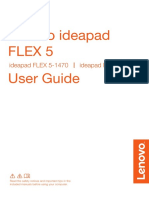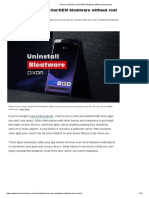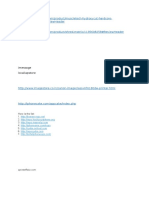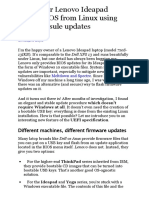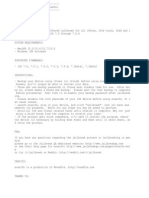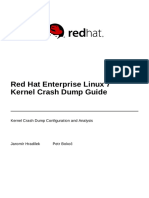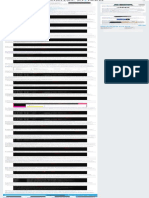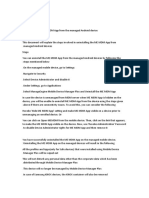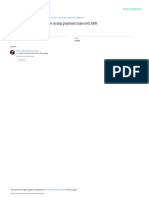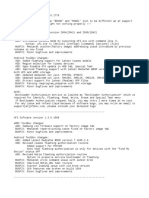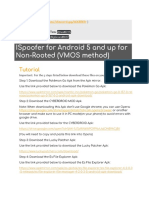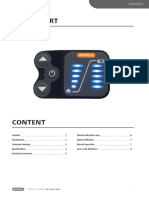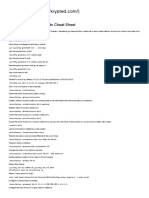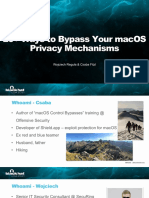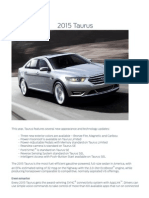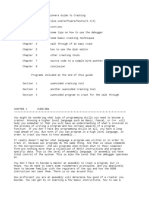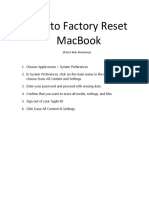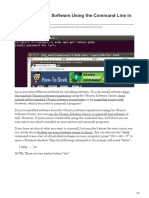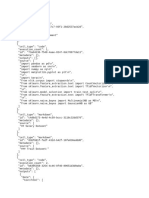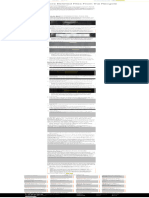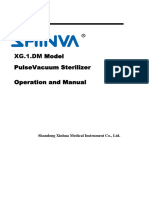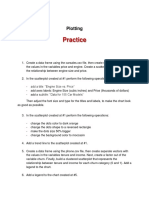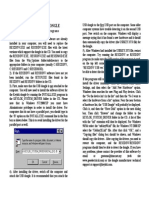0% found this document useful (0 votes)
2K views4 pagesTerminal Commands To Clean Up Mac
This document provides an overview of using terminal commands to clean up storage space on a Mac. It begins by introducing the terminal and its functions. It then lists several terminal commands that can be used for different cleaning purposes, such as clearing caches and logs. These include "sudo purge" to clear RAM and cache, "sudo dscacheutil -flushcache; sudo killall -HUP mDNSResponder;" to clear browser caches, and "cd ~/Library/Logs, sudo rm -rf ~/Library/Logs/*" to delete log files. It also recommends the third-party app Umate Mac Cleaner as a simpler, non-terminal method for cleaning up files and freeing disk space.
Uploaded by
Lenard CanoyCopyright
© © All Rights Reserved
We take content rights seriously. If you suspect this is your content, claim it here.
Available Formats
Download as DOCX, PDF, TXT or read online on Scribd
0% found this document useful (0 votes)
2K views4 pagesTerminal Commands To Clean Up Mac
This document provides an overview of using terminal commands to clean up storage space on a Mac. It begins by introducing the terminal and its functions. It then lists several terminal commands that can be used for different cleaning purposes, such as clearing caches and logs. These include "sudo purge" to clear RAM and cache, "sudo dscacheutil -flushcache; sudo killall -HUP mDNSResponder;" to clear browser caches, and "cd ~/Library/Logs, sudo rm -rf ~/Library/Logs/*" to delete log files. It also recommends the third-party app Umate Mac Cleaner as a simpler, non-terminal method for cleaning up files and freeing disk space.
Uploaded by
Lenard CanoyCopyright
© © All Rights Reserved
We take content rights seriously. If you suspect this is your content, claim it here.
Available Formats
Download as DOCX, PDF, TXT or read online on Scribd
/ 4
